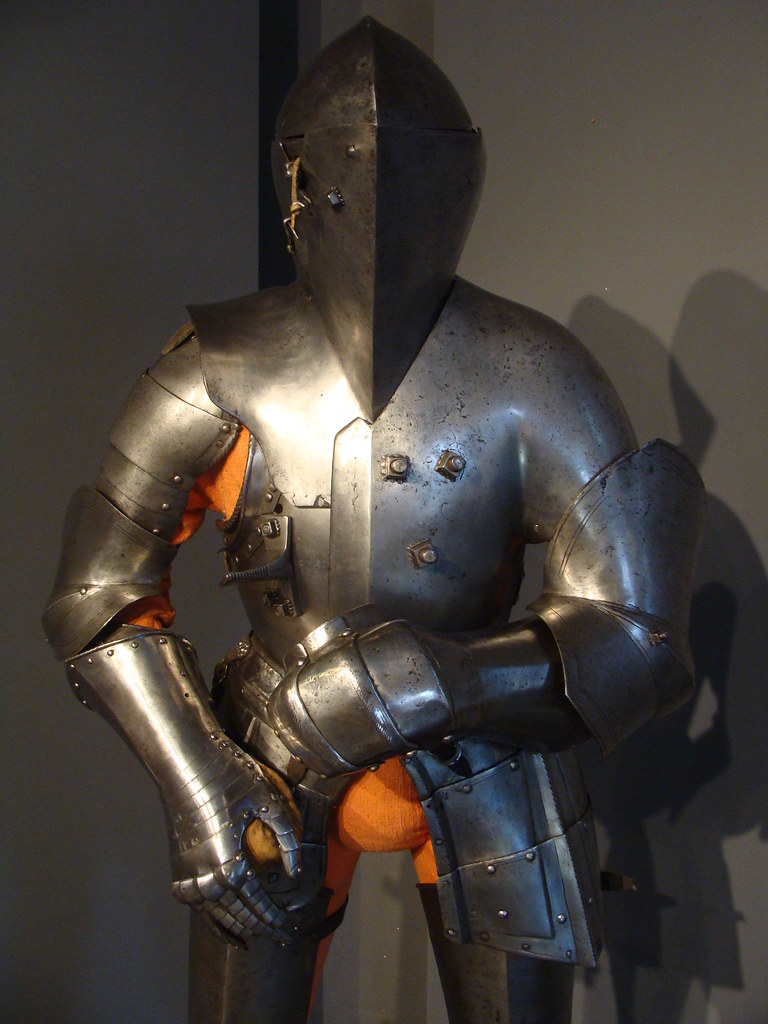I ran across this video in my feed.
Comments? Criticisms? Thoughts?
Comments? Criticisms? Thoughts?
One other issue with that video. Just because this particular person dressed in that particular armor could get through that particular obstacle course more nimbly than that particular soldier wearing that particular equipment doesn't really let us draw conclusions, either about modern or about medieval soldiers.
Still, what are we to make of the reports (Froissart is but one) of knights seriously encumbered on the battlefield? Are the chroniclers wrong?
 Maester
MaesterI would like to see some testing of full plate harnesses in mud to see how the conditions would affect them. Perhaps the mud gets in the joints of the armour and prevents or stunts movement. Though it must be said that depending on the mud, even completely unburdened people may find themselves struggling to get up after falling in it.In the other direction, from the same century, we have reports of common soldiers who were able to stab to death French knights who had fallen in the mud and could not get up. That was at Crécy (1346), if memory serves, and at Poitiers (1356) if it doesn't.
 Auror
AurorIn the other direction, from the same century, we have reports of common soldiers who were able to stab to death French knights who had fallen in the mud and could not get up. That was at Crécy (1346), if memory serves, and at Poitiers (1356) if it doesn't.

(EDIT: Also, has anyone here actually read my books?)
(EDIT: Also, has anyone here actually read my books?)
 Maester
Maester Myth Weaver
Myth Weaver Inkling
Inkling